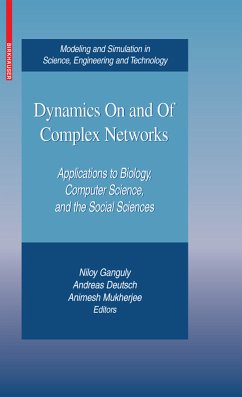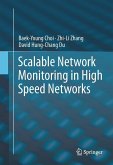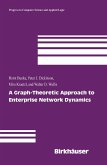The book is a collection of surveys and cutting-edge research contributions exploring the interdisciplinary relationship of dynamics on and of complex networks. Towards this goal, the work is thematically organized into three main sections: Part I studies the application of complex networks to biological problems; Part II focuses on social networks; and Part III is an overview of networks prevalent in the information sciences.
Specific topics and features include:
* Comprehensive and concise presentation of current research from experts in various disciplines compiled in one volume
* Relevant reviews of important work in the field (8 chapters) giving the reader an up-to-date picture of the state-of-the-art
* Independent research reports (8 chapters) providing clear conceptions of how complex networks can be extremely useful to deal with difficult problems in a variety of disciplines
* Coverage of complex networks found in nature-genetic pathways, ecological networks, linguistic systems, and social systems-as well as man-made systems such as the World Wide Web and peer-to-peer networks
* A glossary of essential terms related to complex networks for quick and easy reference
The contributed chapters in this volume are intended to promote cross-fertilizationin several research areas, and will be valuable to newcomers in the field, experienced researchers, practitioners, and graduate students interested in systems exhibiting an underlying complex network structure in disciplines such as computer science, biology, statistical physics, nonlinear dynamics, linguistics, and the social sciences.
Dieser Download kann aus rechtlichen Gründen nur mit Rechnungsadresse in A, B, BG, CY, CZ, D, DK, EW, E, FIN, F, GR, HR, H, IRL, I, LT, L, LR, M, NL, PL, P, R, S, SLO, SK ausgeliefert werden.









